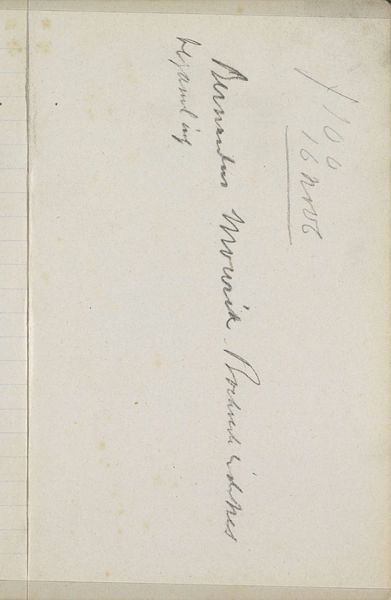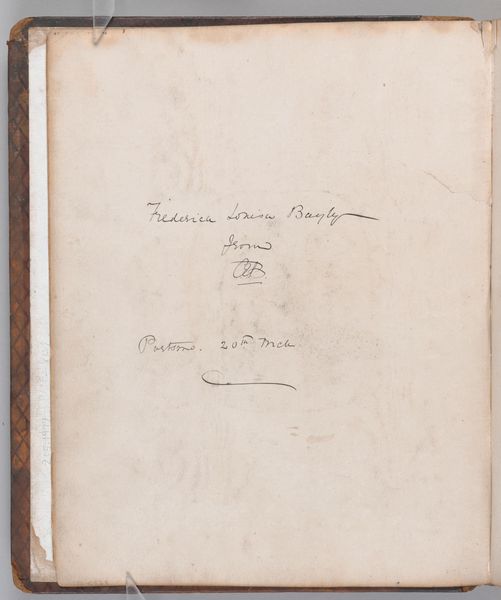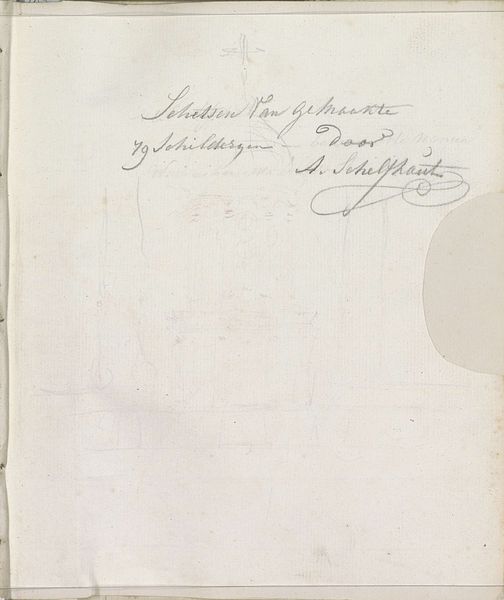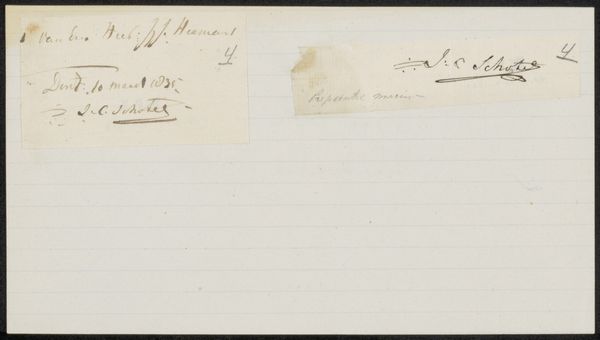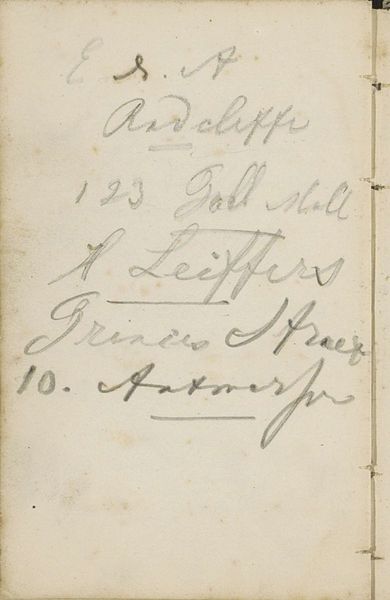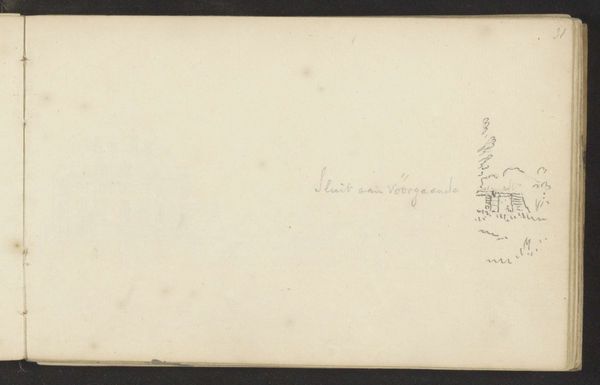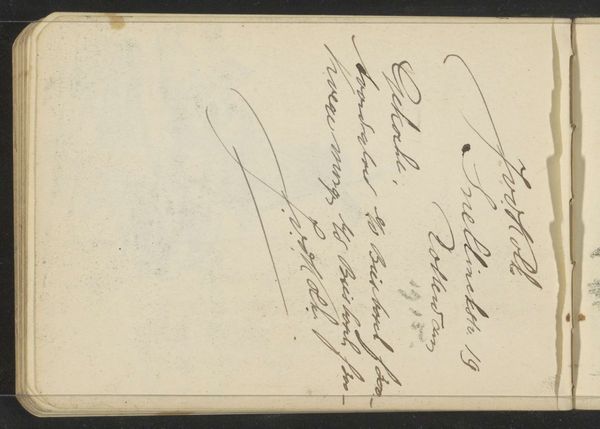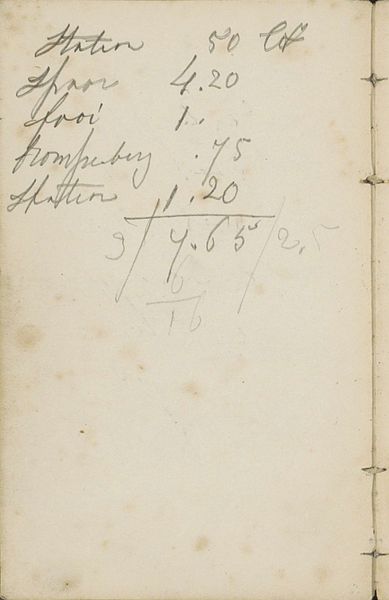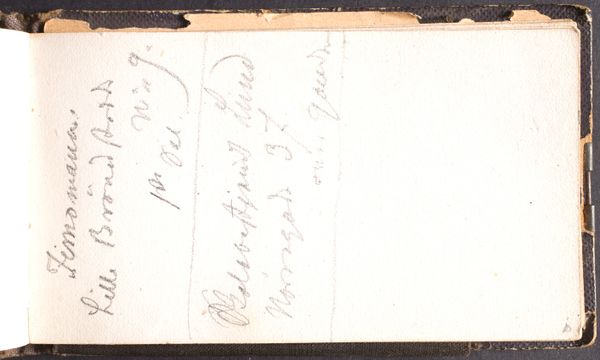
drawing, paper, ink
#
drawing
#
medieval
#
paper
#
ink
#
romanticism
Dimensions: 200 mm (height) x 130 mm (width) (bladmaal)
Curator: At first glance, it seems very…mundane. Like an account ledger. Editor: Precisely. What we are looking at is an endpaper for an account book by Martinus Rørbye, crafted between 1846 and 1848. It's an ink drawing on paper and currently resides here at the SMK. Curator: "Forsats til regnskabsbog"—so, literally, "Endpaper for account book." See, even the title confirms my initial hunch! Yet, I feel strangely compelled. The scripted title, artist’s name, and "Magifter" have this beautifully ornate quality that transcends its quotidian nature. Editor: Indeed! The artist uses an almost medieval script. Think of monastic manuscripts or guild registers. The placement of this script seems very deliberate in this otherwise sparsely ornamented space. Curator: It invokes images of social order, merchants trading goods in distant lands… a tapestry of connections across geography, facilitated by the power of accounting! Even in something so mundane, art creates pathways to memory. Editor: Interesting! Consider also the romanticism movement during that period. The artist uses something as basic as this type of paper ledger to express not only an organizational, fiscal approach, but also how trade created opportunities. It underscores Romanticism's deep engagement with ordinary life and economic themes that were shaping Denmark and beyond. Curator: What if those financial ledgers include trades of far-off relics or spices and incense? This piece, seemingly so grounded in reality, unlocks hidden potential—linking the concrete to the romantic, even exotic realms that shape our past and memories. Editor: It highlights how seemingly banal administrative acts underpinned major shifts in society and even artistic expression. I would say that seeing the paper as itself both symbolic and romantic may be too strong of a link to make given its purely utilitarian function as a starting piece. But then again, if not accounting records, how do you properly track all trade from this era and place? I can see why they had appeal, both economically, socially, and, yes, perhaps artistically. Curator: A thought to ponder, that much is true. Perhaps even this simple ledger has worlds hidden within.
Comments
No comments
Be the first to comment and join the conversation on the ultimate creative platform.

